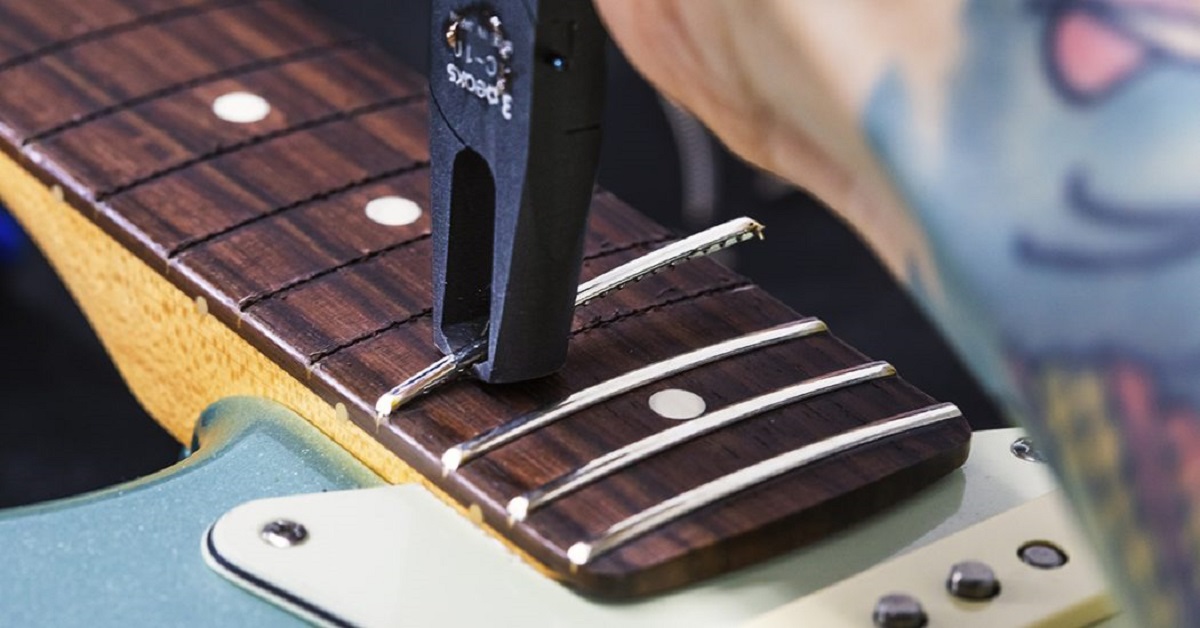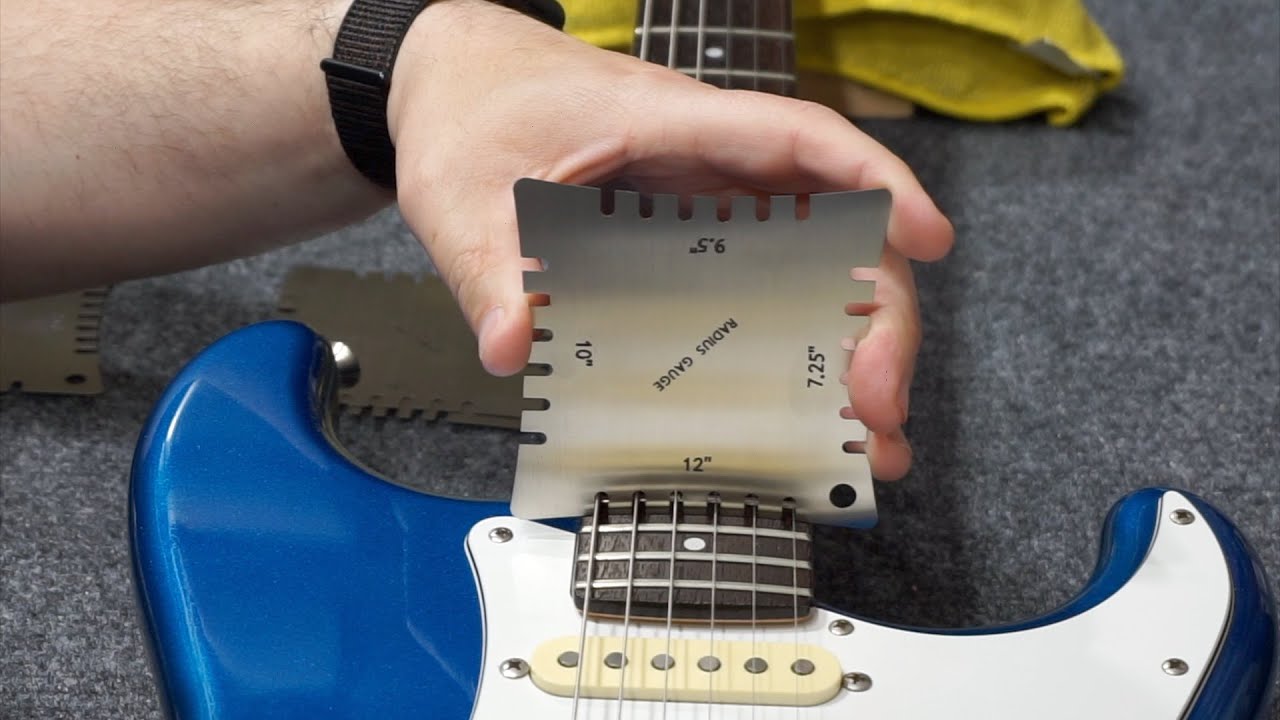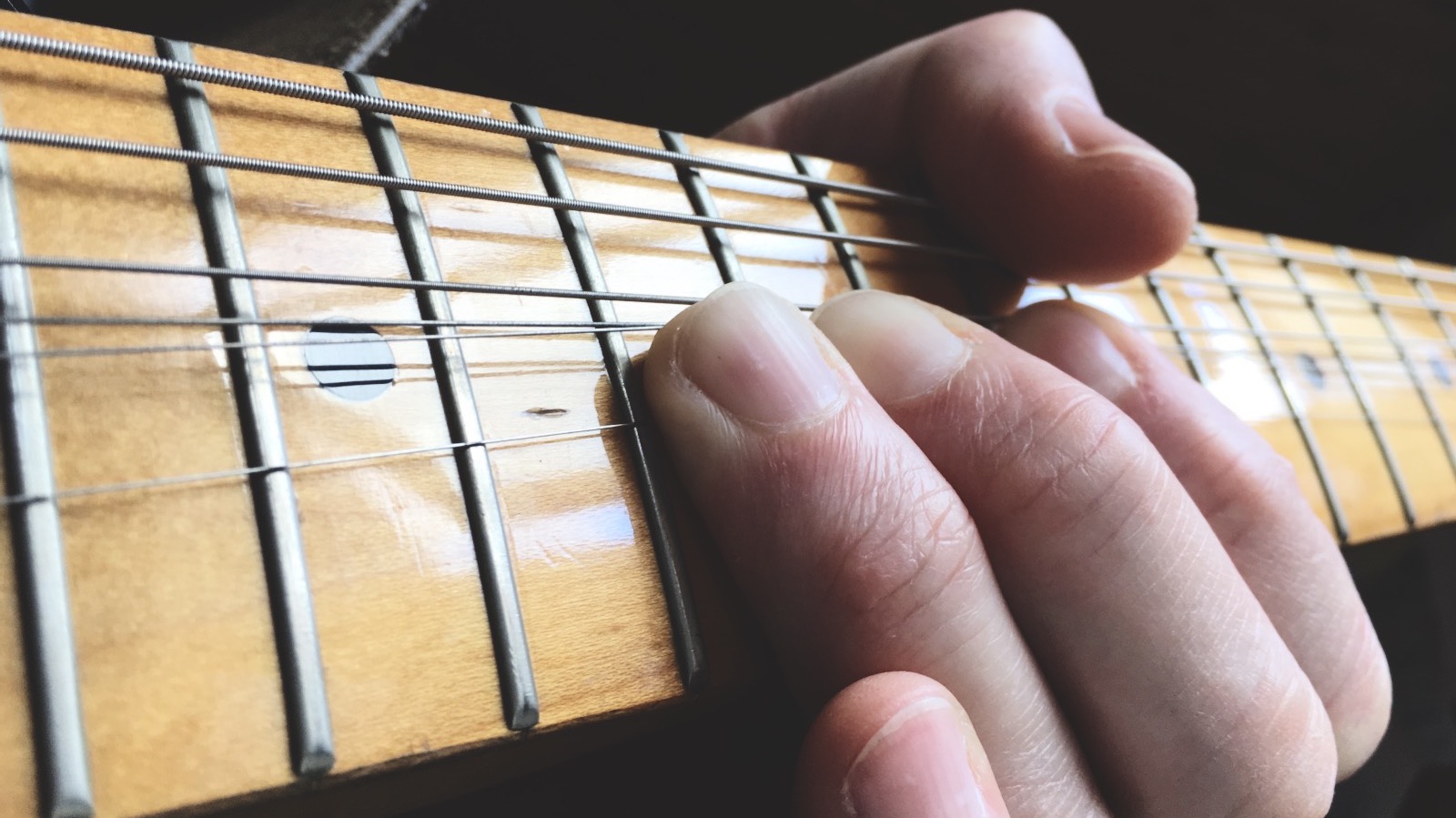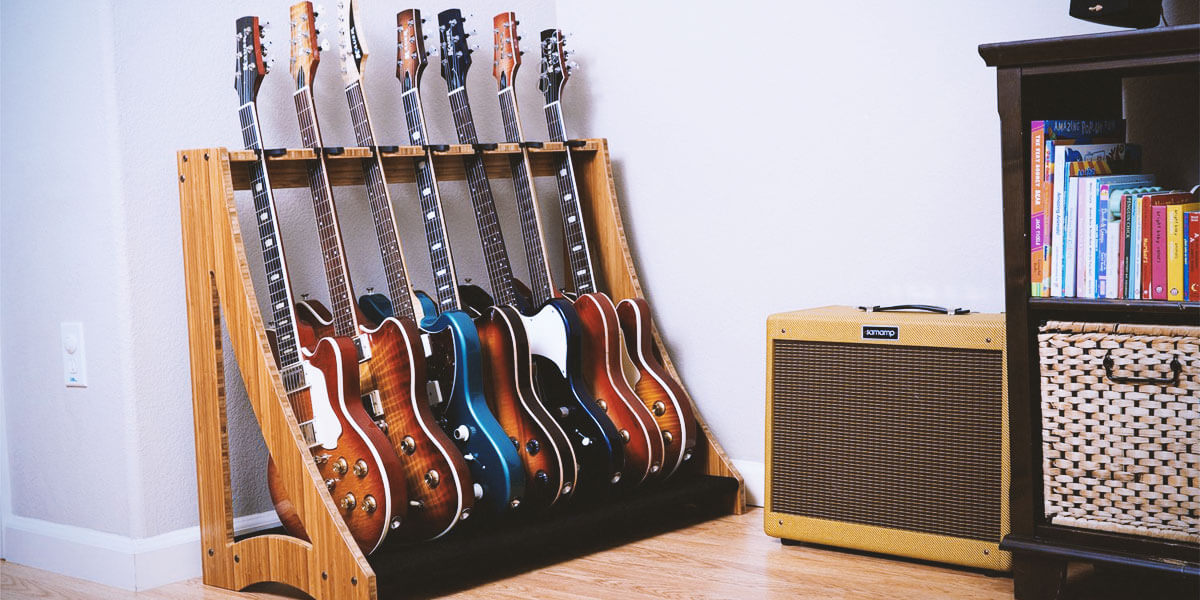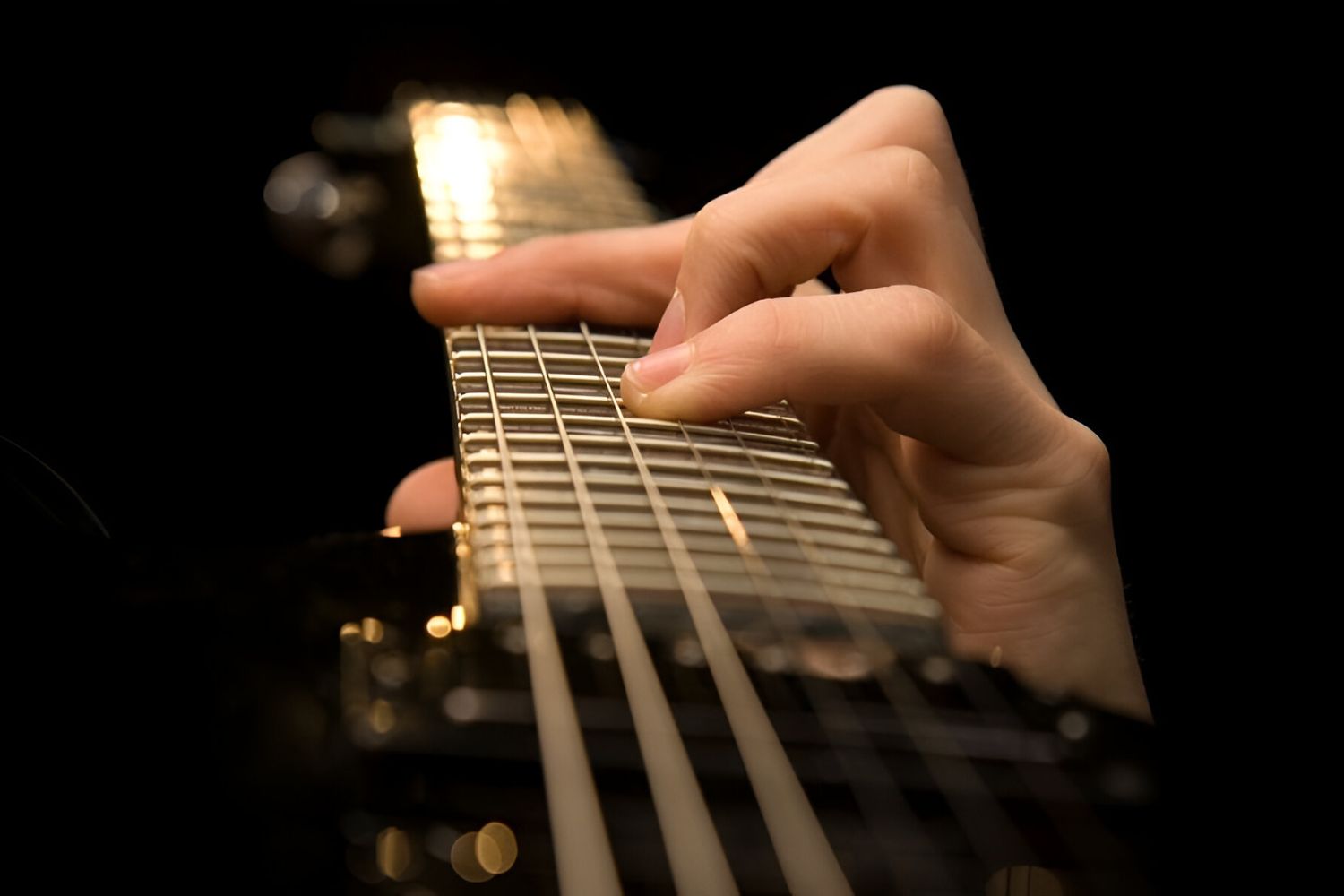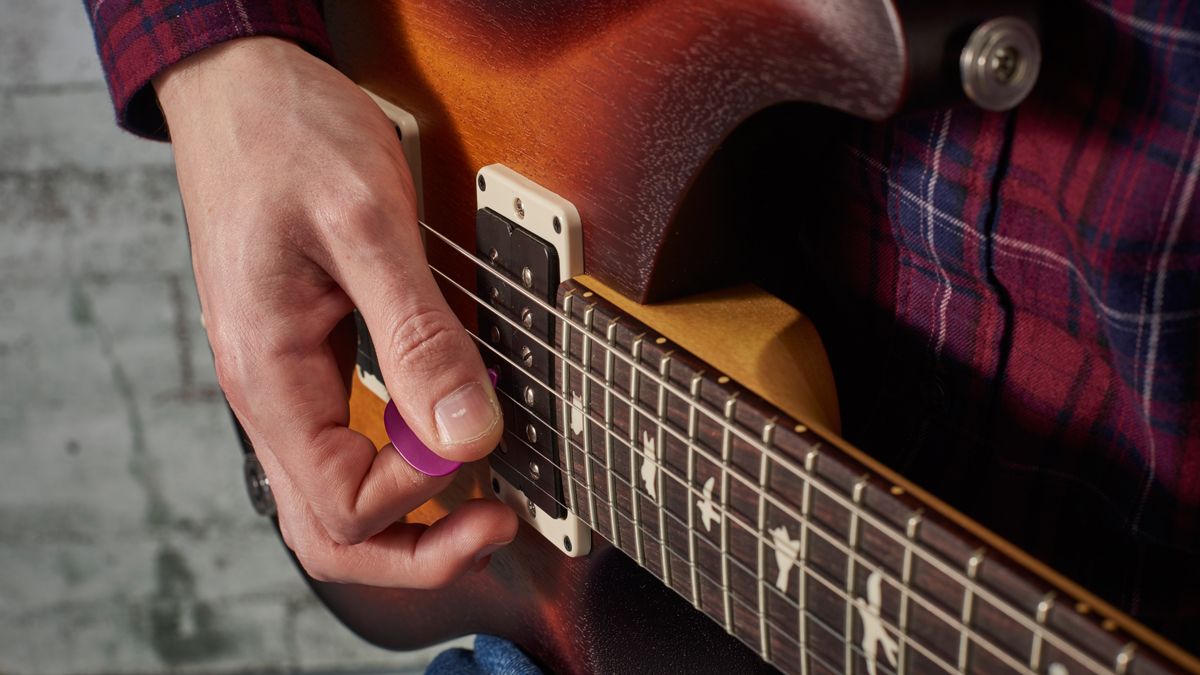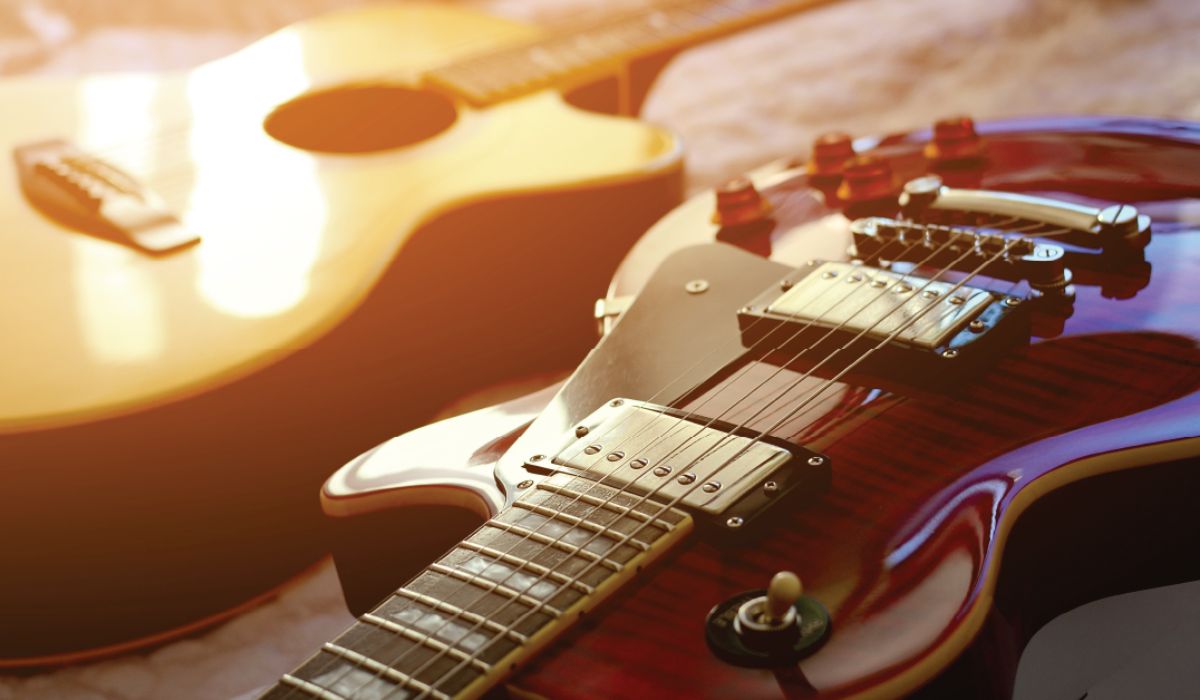Introduction
Understanding the Lifespan of Electric Guitar Frets
Electric guitarists often find themselves immersed in the captivating world of music, effortlessly strumming chords or shredding solos on their beloved instruments. However, amidst the passion and creativity, there lies a crucial component that directly influences the playability and sound quality of the guitar—its frets. Frets are integral to producing clear, accurate notes and facilitating smooth transitions between them. As such, understanding the lifespan of electric guitar frets is paramount for any guitarist seeking to maintain the optimal performance of their instrument.
The longevity of electric guitar frets is a topic of great significance, as it directly impacts the overall playability and tonal characteristics of the instrument. By delving into the factors that influence fret lifespan, recognizing the signs of wear, and implementing effective maintenance strategies, guitarists can prolong the life of their frets and ensure an exceptional playing experience. Whether you are a seasoned guitarist or a budding enthusiast, comprehending the intricacies of fret longevity is essential for preserving the functionality and sonic capabilities of your electric guitar.
Throughout this comprehensive guide, we will explore the fundamental aspects of electric guitar frets, shedding light on the factors that influence their lifespan, identifying indicators of wear, and providing insights into maintenance practices that can extend their longevity. By the end of this journey, you will possess the knowledge and tools necessary to safeguard the integrity of your guitar's frets, empowering you to unleash your musical prowess with confidence.
What are Guitar Frets?
Guitar frets are the small metal strips embedded along the fretboard of the instrument, serving as the primary points of contact for the strings. These frets are meticulously placed at specific intervals to divide the fretboard into distinct segments, allowing guitarists to produce individual notes and chords with precision. The act of pressing a string against a fret effectively shortens its vibrating length, resulting in the production of a specific pitch when plucked or strummed.
Typically crafted from durable materials such as nickel-silver or stainless steel, guitar frets are designed to withstand the constant pressure and friction exerted by the strings during play. Each fret is securely seated within a precise slot on the fretboard, ensuring stability and resilience against the rigors of performance. The height and contour of the frets are also carefully shaped to facilitate seamless string contact, enabling smooth transitions between notes and chords.
Moreover, the condition of the frets significantly influences the intonation and playability of the guitar. Well-maintained frets promote accurate pitch and sustain, while worn or uneven frets can lead to buzzing, intonation issues, and diminished tonal clarity. As such, the quality and longevity of guitar frets directly impact the overall performance and sonic capabilities of the instrument.
In essence, guitar frets are indispensable components that contribute to the articulation, tonality, and responsiveness of the instrument. Their precise construction and maintenance are pivotal in ensuring an enjoyable playing experience, making them a focal point of attention for guitarists seeking to optimize the performance of their beloved electric guitars.
Factors that Affect Fret Lifespan
The longevity of guitar frets is influenced by a myriad of factors, each playing a crucial role in determining the duration for which the frets retain their optimal condition. Understanding these influential elements is essential for guitarists aiming to prolong the lifespan of their instrument’s frets and maintain consistent playability and tonal quality.
1. String Material and Gauge: The type and gauge of the strings used on an electric guitar directly impact the wear and tear experienced by the frets. Heavier gauge strings and those made from harder materials exert greater pressure on the frets, potentially accelerating their wear over time.
2. Playing Style and Frequency: The manner in which a guitarist plays, including techniques such as heavy bending, vibrato, and aggressive strumming, can expedite fret wear. Additionally, the frequency of play contributes to the gradual erosion of the fret material, especially in areas commonly utilized for chord formations and lead passages.
3. Environmental Conditions: Fluctuations in temperature and humidity can impact the structural integrity of guitar frets. Exposure to excessive moisture or dryness may lead to fret corrosion, while extreme temperatures can cause frets to expand or contract, potentially affecting their seating and stability.
4. Fret Material and Hardness: The composition and hardness of the fret material directly influence its resistance to wear. Frets crafted from durable alloys such as stainless steel exhibit greater longevity compared to softer materials, thereby offering prolonged performance and reduced susceptibility to indentations and grooving.
5. Maintenance and Cleaning Practices: Regular cleaning and maintenance of the fretboard contribute to the preservation of fret integrity. Accumulated grime, oils, and debris can hasten fret deterioration, emphasizing the importance of routine cleaning and conditioning to mitigate wear and maintain fret smoothness.
6. Neck Relief and Setup: The setup and relief of the guitar neck impact the distribution of string pressure across the frets. Proper neck relief and setup ensure even string action, reducing localized fret wear and promoting uniform fret longevity.
By acknowledging and addressing these influential factors, guitarists can adopt proactive measures to mitigate fret wear and prolong the lifespan of their instrument’s frets. Implementing appropriate maintenance practices and being mindful of playing techniques and environmental conditions are essential steps toward preserving the playability and tonal integrity of electric guitar frets.
Signs of Worn Frets
Recognizing the signs of worn frets is imperative for guitarists seeking to maintain the optimal playability and tonal characteristics of their instruments. As frets gradually undergo wear and tear due to continuous play and environmental factors, certain indicators manifest, signaling the need for assessment and potential maintenance or replacement. By being attuned to these signs, guitarists can address fret wear in a timely manner, preserving the integrity of their instrument and ensuring a seamless playing experience.
1. Fret Grooving: Visible indentations or grooves on the frets, particularly beneath the strings, indicate wear caused by string pressure and friction. Grooving can lead to intonation issues, buzzing, and diminished sustain, adversely affecting the clarity and precision of notes.
2. String Buzzing: Unintended buzzing or rattling sounds emanating from the fretted notes may signify uneven or worn frets. String buzzing occurs when the strings make incomplete contact with the frets due to irregularities or indentations, compromising the instrument’s tonal quality.
3. Intonation Irregularities: Fret wear can contribute to intonation discrepancies, causing notes to sound out of tune despite correct string tension and tuning. Intonation irregularities often stem from uneven fret surfaces that impede the accurate representation of pitch along the fretboard.
4. Reduced Sustain and Articulation: Worn frets may diminish the sustain and articulation of notes, resulting in a lack of resonance and clarity. The deterioration of fret material can hinder the efficient transmission of string vibrations, impacting the instrument’s overall sonic performance.
5. Fret Oxidation and Discoloration: Oxidation and discoloration of frets, often characterized by a tarnished or dull appearance, indicate the accumulation of corrosion and debris. This not only affects the aesthetic appeal of the frets but also signifies potential structural compromise and diminished playability.
6. Uneven Fret Height: Inconsistent fret height along the fretboard may indicate wear or compression in specific areas, leading to an uneven playing surface. Uneven frets can impede string action and cause notes to fret out, hindering the fluid execution of musical passages.
By remaining vigilant to these signs of worn frets, guitarists can proactively address fret-related issues, whether through meticulous maintenance, fret dressing, or, when necessary, professional fret replacement. Timely intervention ensures the sustained playability and tonal excellence of the electric guitar, empowering musicians to continue expressing their creativity with confidence and precision.
How to Prolong the Life of Guitar Frets
Implementing effective maintenance practices and adopting mindful playing habits are instrumental in prolonging the life of guitar frets, ensuring sustained playability and tonal integrity. By prioritizing fret care and employing preventive measures, guitarists can optimize the longevity of their instrument’s frets, preserving their functionality and sonic capabilities for years to come.
1. Regular Cleaning and Conditioning: Routinely cleaning the fretboard and frets with a soft, lint-free cloth and suitable fretboard conditioner helps prevent the accumulation of grime, oils, and debris. This practice mitigates fret wear caused by abrasive particles and preserves the smoothness and integrity of the fret surfaces.
2. String Maintenance: Regularly changing and maintaining the strings on the guitar minimizes the abrasive effects of dirt and corrosion, reducing fret wear. Additionally, using appropriate string gauges and materials that complement the fret material can alleviate excessive fret pressure and friction.
3. Humidity and Temperature Control: Storing the guitar in a controlled environment with stable humidity levels and moderate temperatures safeguards the frets against corrosion and expansion/contraction-related issues. Utilizing a humidifier or dehumidifier as necessary helps maintain optimal environmental conditions for the instrument.
4. Mindful Playing Techniques: Adopting gentle playing techniques, avoiding excessive string bending, and employing proper fretting pressure contribute to reduced fret wear. Mindful playing habits minimize the impact of string pressure and friction on the frets, promoting extended longevity and consistent playability.
5. Fretboard Maintenance: Periodically cleaning and conditioning the fretboard, ensuring proper neck relief, and addressing fret sprout (sharp fret ends) contribute to overall fret longevity. A well-maintained fretboard supports the stability and functionality of the frets, enhancing their resilience against wear and deterioration.
6. Professional Setup and Maintenance: Seeking professional guitar setup and maintenance services, including fret leveling and dressing, ensures the optimal condition and alignment of the frets. Professional attention can rectify fret-related issues and prolong the life of the frets through precise adjustments and refinements.
By integrating these proactive measures into their guitar care regimen, musicians can significantly extend the lifespan of their instrument’s frets, fostering consistent playability, tonal excellence, and overall performance. Embracing a holistic approach to fret maintenance empowers guitarists to derive enduring joy and inspiration from their cherished electric guitars, confident in the longevity and reliability of their fretted companions.
When to Replace Guitar Frets
While diligent maintenance and care can prolong the lifespan of guitar frets, there comes a time when fret replacement becomes necessary to restore the optimal playability and tonal integrity of the instrument. Recognizing the indications that warrant fret replacement is essential for ensuring the continued excellence and functionality of the electric guitar, empowering guitarists to address fret-related issues decisively and uphold the instrument’s sonic capabilities.
1. Excessive Fret Wear: When fret grooving and indentations become pronounced, compromising the fret height and integrity, it may be necessary to replace the frets. Excessive wear affects the playability and intonation of the instrument, necessitating comprehensive fret restoration or replacement.
2. Intonation and Sustain Issues: Persistent intonation irregularities and reduced sustain, despite meticulous setup and maintenance, may indicate significant fret wear. In such cases, replacing the frets can rectify tonal discrepancies and restore the instrument’s sonic performance.
3. Fret Oxidation and Corrosion: Severe fret oxidation, discoloration, or corrosion can compromise the structural integrity and playability of the frets. When cleaning and conditioning fail to mitigate these issues, fret replacement becomes a viable solution to restore fret smoothness and resilience.
4. Uneven Fret Height: Irregular fret height, leading to fret buzzing, fretting out, or uneven string action, necessitates fret replacement to ensure uniform playability across the fretboard. Uneven frets impede the execution of musical passages and compromise the instrument’s tonal consistency.
5. Structural Damage and Grooving: Structural damage, such as severe grooving, chipping, or deformation of frets, warrants replacement to eliminate playability issues and restore the fretboard’s functionality. Addressing structural compromise through fret replacement is crucial for sustaining the instrument’s performance.
6. Professional Evaluation and Recommendation: Seeking the assessment and guidance of a qualified guitar technician or luthier can provide valuable insights into the necessity of fret replacement. Professional evaluation based on fret condition, wear patterns, and playability considerations can inform the decision to proceed with fret restoration or replacement.
By acknowledging these indicators and seeking professional guidance when necessary, guitarists can confidently navigate the process of fret replacement, revitalizing their instruments and ensuring sustained playability and tonal excellence. Embracing the prospect of fret replacement as a means of enhancing the instrument’s performance underscores a commitment to preserving the artistry and sonic capabilities of the electric guitar, fostering a harmonious synergy between musician and instrument.







